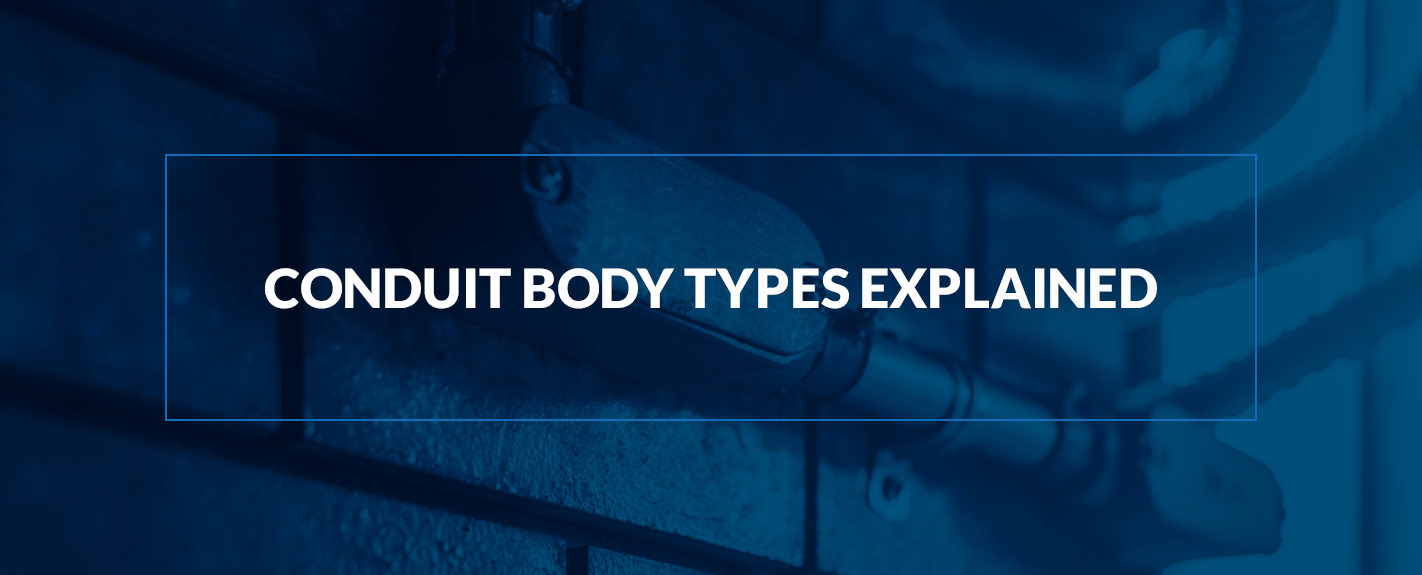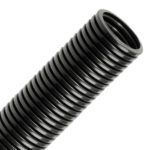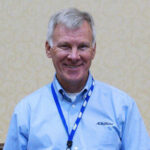
Conduit bodies are junctures that connect the protective raceways that transport electrical wire between destinations. There are multiple types of conduit bodies, each redirecting wires in a unique way. Using the appropriate conduit body type for an application is essential to following relevant codes that the Occupational Safety and Health Administration (OSHA) dictates.

Table of Contents
What Is a Conduit Body?
A conduit body is a connecting component for two pieces of conduit. When electricians run wires along a surface, they use conduits to conceal the wires and prevent damage. A conduit is a pipe that forms a channel or raceway for electrical wires. The raceway protects the wire from moisture, humidity, heat, corrosion and other physical damage. Conduit bodies allow electricians to change the direction the raceway travels.
The conduit body acts as a joint, allowing the raceway to bend and project in a different direction. An electrician feeds wire through a hole on one end and out of another. Each type features a removable cover that allows the electrician to more easily access and feed electrical wires. A gasket between the cover and the body prevents moisture from entering.
Some conduit bodies are straight, while others form a right angle. Some include more than one conduit hub to create a T or X shape that sends or receives wires from two different directions. Other conduit bodies feature one hole to form a termination point.
Types of Conduit Bodies
There are various types of conduit bodies. Primary differences between types include the material and shape.
Metal conduit bodies comprise a metallic material and include connection points for metal conduits. These bodies’ holes are either threaded or unthreaded hubs. Threaded hubs allow the electrician to screw the conduit into the body. Unthreaded hubs feature a set screw that tightens to hold the conduit to the body.
There are also polyvinyl chloride (PVC) conduit bodies for PVC conduits. Some PVC conduit bodies feature threaded hubs, while others require glue to bind the conduit to the body. OSHA requires metal conduits for aboveground commercial environments.
Regardless of material, each conduit body falls into a category depending on two factors — its shape and the location of its removable plate. Conduit body type descriptions include one or two letters. The first letter describes its shape. The letter L indicates an L shape, while T and X each describe corresponding shapes. The second letter describes the direction the wire exits relative to its entry point. There are six common conduit body types:
- LR
- LL
- LB
- T
- X
- Type C
LR Conduit Body
An LR conduit body is a variation with two conduit hubs. LR conduit bodies form an L shape that allows the electrician to adjust the raceway’s orientation by 90 degrees. They accept electrical wire through a conduit hub at the top, then direct it out through a second conduit hub on the right. This allows electricians to redirect conduits along the same plane.
LL Conduit Body
An LL conduit body is another two-hub version that forms an L shape. It diverts the raceway at a 90-degree angle and has an exit point on the left side of the body. The electrician feeds wires from an access point on top of the body and out to the left. Like LR conduit bodies, LL bodies redirect conduits on the same plane.
LB Conduit Body
An LB conduit body is the third type that forms a right angle and includes two conduit hubs. The access point on an LB conduit body is on the back of the body on the opposite side of the cover. Electricians often use LB conduit bodies to route electrical wires through surfaces, often from the outside of a structure through the wall and to the inside.
T-Shaped Conduit Body
The T-shaped conduit body is the first type with more than two conduit hubs. A T-shaped body has two conduit hubs that mirror each other and one that points at a 90-degree angle from the other two. T-shaped conduit bodies allow electricians to either merge wires from two different locations or route wires from one source to two separate locations.
X-Shaped Conduit Body
An X-shaped conduit body has four hubs that accept and redirect electrical wires. Each X-shaped conduit body features two sets of parallel conduit hubs. Establishing a juncture for four separate conduit raceways simplifies the processes of installing and maintaining electrical wires.
Type C Conduit Body
Type C conduit bodies connect two conduits in a straight line. There are openings at the top and bottom for conduits to connect with the body. While Type C conduit bodies do not alter the direction that the wires travel, they feature removable plates to create serviceable points along the raceway.
Explore the AerosUSA Conduit Body Inventory
AerosUSA is a leading provider of metal conduits and accessories like conduit bodies in Harrisburg, Pennsylvania. Our inventory features each common type of conduit body to correspond with industrial conduits used in numerous settings. We encourage you to browse our online catalog to order conduits and accessories or submit a contact form for more information on the products you need.




